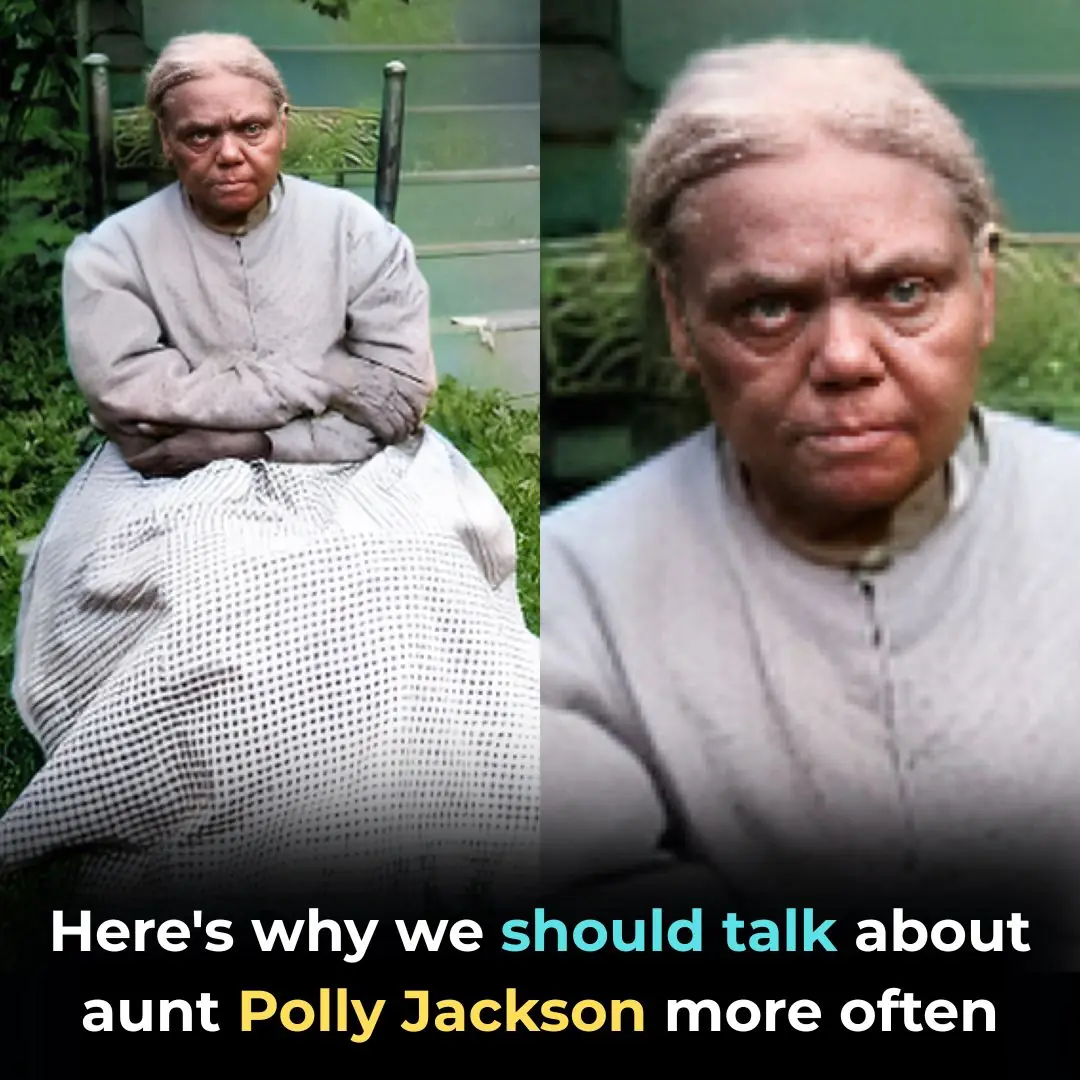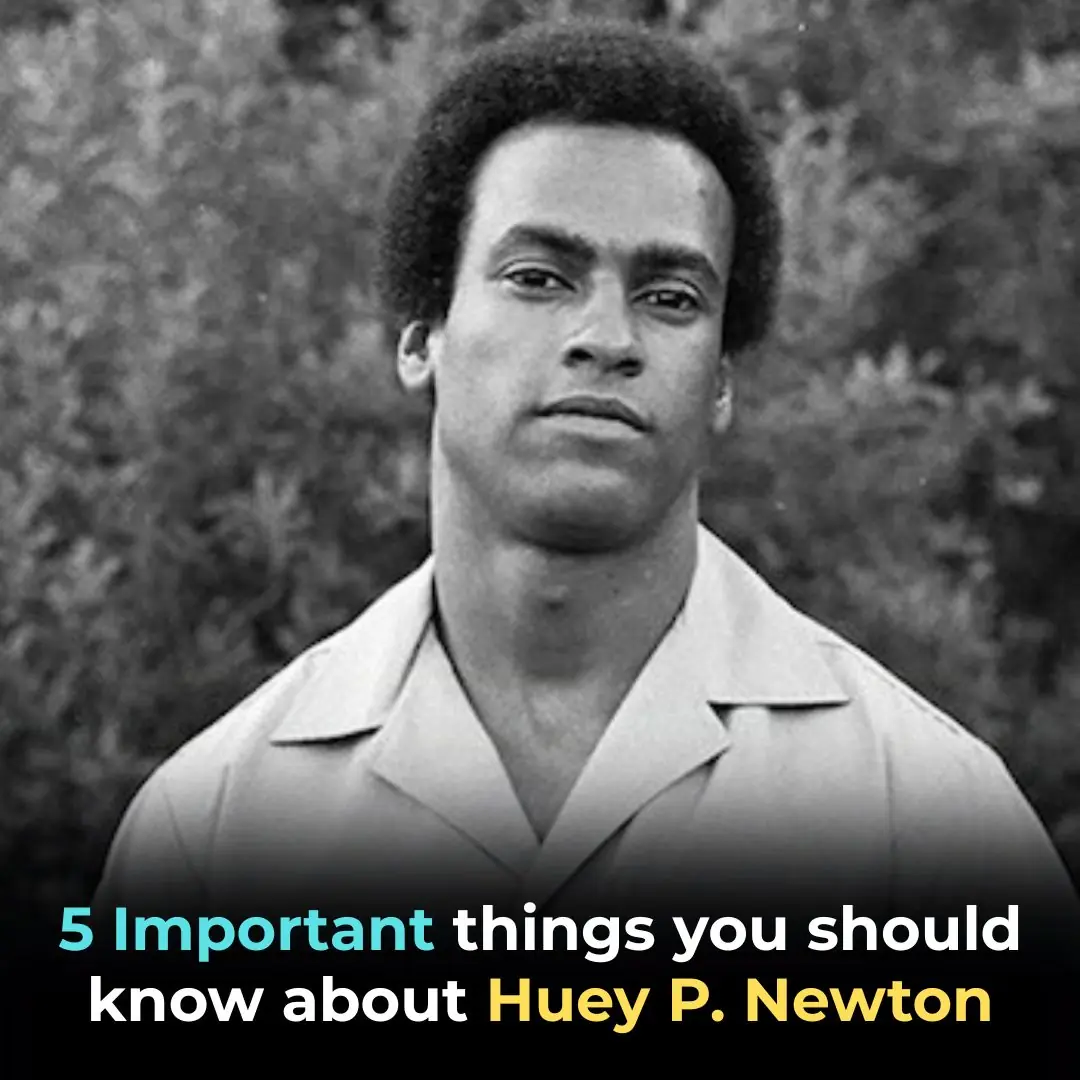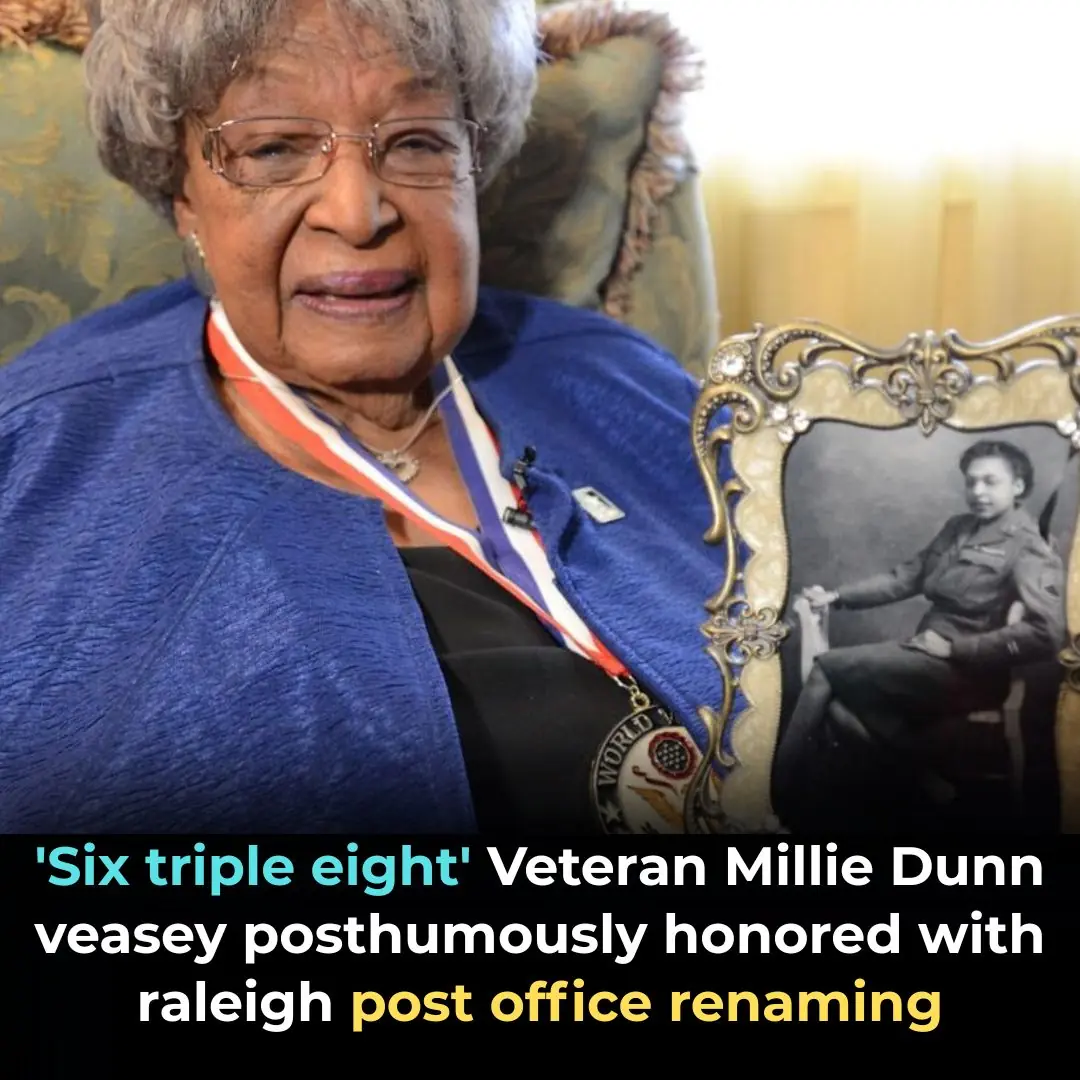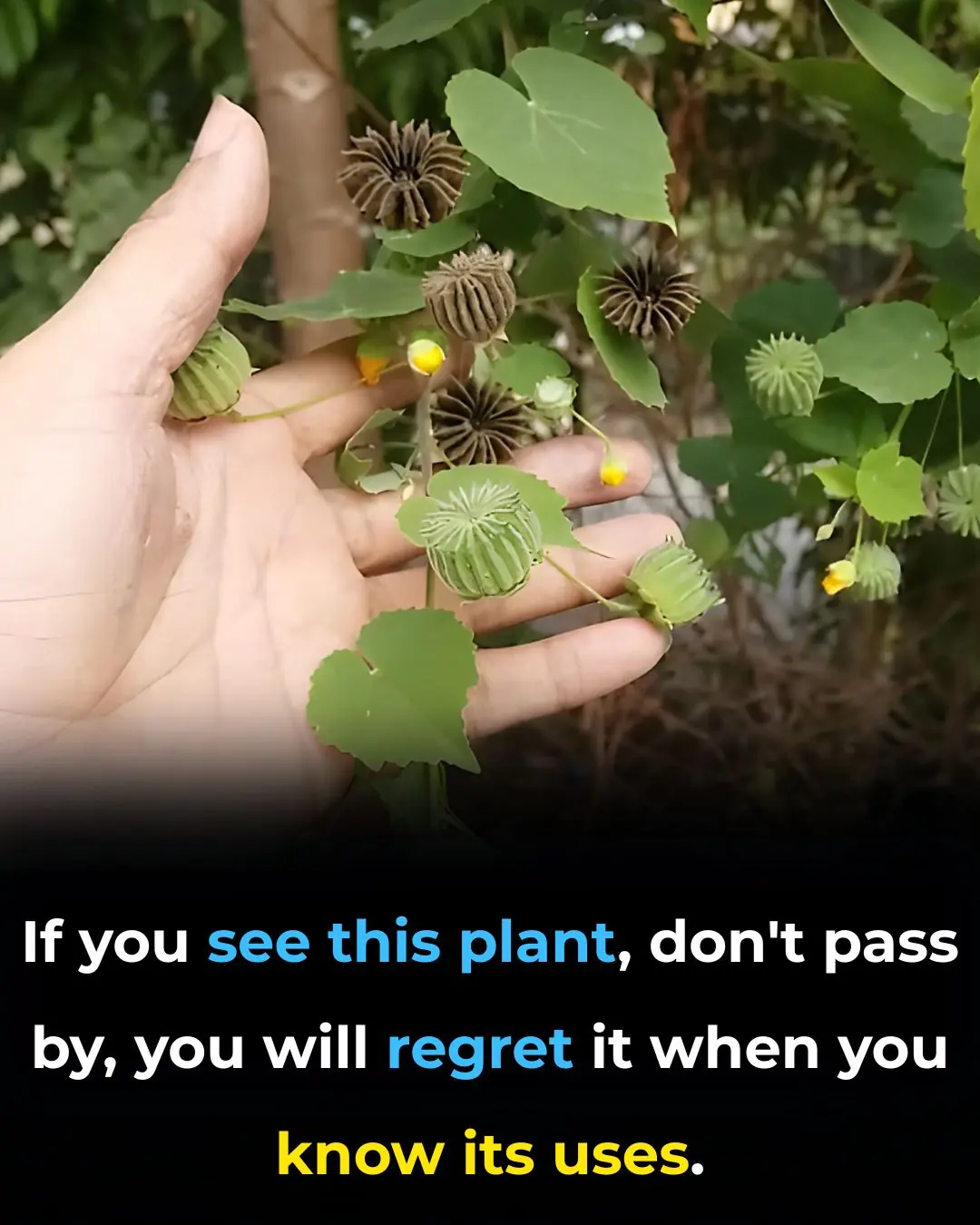
Meet Mary Lumpkin, The Enslaved Woman Who Transformed A Slave Jail Into An HBCU
She Transformed Trauma into Triumph: The Untold Story of Mary Lumpkin and the Birth of Virginia Union University
She turned pain into purpose — and in doing so, forever changed American history.
Throughout history, countless ancestors have forged new worlds from the ashes of unimaginable pain and oppression. Against all odds, they built pathways to freedom through resistance, faith, education, and sheer determination. Among these visionaries stands Mary Lumpkin, a formerly enslaved woman whose courage transformed a place of horror into a cornerstone of liberation — one of the earliest historically Black colleges and universities in the United States (Smithsonian Magazine).

From Enslavement to Empowerment
Born around 1832 in Virginia, Mary Lumpkin was believed to be the biracial daughter of an enslaved woman and her white enslaver. According to Smithsonian Magazine, she was sold as a young girl and purchased by Robert Lumpkin, a notorious slave trader more than two decades her senior, infamous for his brutality toward the people he imprisoned.
Forced into a violent relationship, Mary bore five of Lumpkin’s children, the first when she was only 13 years old. Family accounts suggest that Mary negotiated a desperate bargain — she agreed to submit to her enslaver’s demands if he promised that their children would be born free. By some accounts, he honored this deal (NPR).
Mary and her children lived within the walls of Lumpkin’s Jail, located in the Shockoe Bottom neighborhood of Richmond, Virginia, one of the most active slave-trading districts in the American South. Between 1844 and 1866, Lumpkin imprisoned thousands of enslaved people awaiting sale or punishment. The jail became so notorious that locals dubbed it “The Devil’s Half Acre.”
From her position within this living nightmare, Mary witnessed daily brutality — people shackled, whipped, and sold away from their families. Despite having little power, she reportedly offered what compassion she could to those who suffered there. “Whether their stay was long or short, one thing remained the same — they never recovered,” noted All That’s Interesting (ATI) in its historical profile of Lumpkin’s Jail.
Reclaiming a Space of Suffering
Mary’s story took a remarkable turn after the Civil War. Having secretly educated herself and her children while enslaved, she eventually moved to Pennsylvania, a free state, to start anew. When Robert Lumpkin died in 1866, he left her ownership of the jail property — a dark inheritance she initially wanted nothing to do with (The Washington Post).
But in 1868, opportunity met conviction. Nathaniel Colver, a white Baptist missionary and abolitionist, was searching for a place to establish a seminary for newly freed Black men. Recognizing the power of reclaiming that space, Mary leased him the land. Within months, the site of terror was reborn as the Richmond Theological School for Freedmen.
“The old slave pen was no longer the ‘Devil’s Half Acre,’ but ‘God’s Half Acre,’” missionary Charles Henry Corey later declared — a phrase that has become legendary in Richmond’s history (Virginia Union University Archives).
The seminary flourished, eventually relocating to a larger campus in the city. Mary sold the original property in 1873, and by 1876 the old slave jail was demolished. What remained, however, was something indestructible — a foundation for education, dignity, and freedom.
The Birth of Virginia Union University
Over time, the Richmond Theological School for Freedmen evolved, merging with other institutions to become Virginia Union University (VUU) — one of the nation’s oldest and most respected Historically Black Colleges and Universities (HBCUs) (New York Times).
Though Mary Lumpkin’s contributions faded from public memory for more than a century, modern historians and educators have worked to restore her legacy. In 2023, VUU leaders and community historians unveiled new memorials honoring her life and the enslaved people who once suffered at Shockoe Bottom. “Virginia Union was born in the bosom of Lumpkin’s Jail,” said W. Franklyn Richardson, VUU alumnus and chairman of the board. “The place we were sold into slavery becomes the place we are released into intellectual freedom” (NPR).
VUU President Hakim J. Lucas echoed the sentiment, adding, “For Virginia Union to have a founding story rooted in Black womanhood — it’s a story of resilience, redemption, and divine justice” (Washington Post).
Reclaiming Her Story
Mary Lumpkin lived her remaining years in New Richmond, Ohio, passing away in 1905 as a free woman. Her story, nearly lost to time, has been resurrected through renewed scholarship and literature — most notably in Lecia Cornwall’s book The Devil’s Half Acre: The Untold Story of How One Woman Liberated the South’s Most Notorious Slave Jail (2023) (Smithsonian Books).
Today, historians regard Mary Lumpkin as both a survivor and a visionary — a woman who transformed one of the darkest symbols of American slavery into a beacon of education and hope.
Her legacy endures through every graduate of Virginia Union University, and through every institution that champions learning as a path to liberation. She gave beauty where there was once only suffering, and freedom where there had been chains.
Because of Mary Lumpkin, generations of Black men and women have found not just education, but empowerment.
Thank you, Ms. Mary. Because of you — we can.
News in the same category


Here’s Why We Should Talk About Aunt Polly Jackson More Often

5 Important Things You Should Know About Huey P. Newton

‘Six Triple Eight’ Veteran Millie Dunn Veasey Posthumously Honored With Raleigh Post Office Renaming

‘Sun Ra Arkestra’ Jazz Musician Marshall Allen to Release Debut Solo Album at 100 Years Old

10 Weird Winter Pest Control Tricks That Actually Work

Put Two Glasses on the Door Handle — A Small Action That Brings Big Safety Benefits

Rats Running on the Ceiling? Try These Simple Tricks to Get Rid of Them for Good

How Long Can You Keep Frozen Meat? Here’s the Answer

Drink Coffee at These Four “Golden” Times of Day for Maximum Benefit: Your Liver, Digestion and Whole-Body Health Get a Boost

Kim Kardashian reveals how North reacted to backlash over fake tattoos and piercings

Danniella Westbrook declares she’s ‘taking it one day at a time’ after hospitalisation

15 stars we want to see on the Celebrity Traitors season 2 cast – Alison Hammond to Davina McCall

Inside Meghan Markle’s first acting gig since ‘Suits’ as she makes stunning return to Hollywood

A-list actor is nearly unrecognizable after shocking transformation for Michael Jackson biopic

ITV Emmerdale fans gush over 'handsome' Bear actor 26 years before soap fame

ITV Big Brother housemates suffer brutal blow just hours before live double eviction

Selling Sunset's Nicole addresses brutal Chrishell jab in tense season 9 reunion

Because what Gideon didn’t realize was…
News Post

Hannah Ferguson Is The Proud Owner Of The First Black Woman-Owned Cidery In Ohio

Here’s Why We Should Talk About Aunt Polly Jackson More Often

5 Important Things You Should Know About Huey P. Newton

‘Six Triple Eight’ Veteran Millie Dunn Veasey Posthumously Honored With Raleigh Post Office Renaming

‘Sun Ra Arkestra’ Jazz Musician Marshall Allen to Release Debut Solo Album at 100 Years Old

3 Warning Signs That Appear Days Before a Stroke Everyone Should Know to Prevent It

9 Hidden Causes of Bloating (And the Science-Backed Fixes)

Melania Trump's outfit choice when meeting Kate Middleton and Prince William has everyone saying the same thing

5 Common Habits That Are Secretly Harming Your Heart You Probably Didn’t Know

Why Do Women Cross Their Legs When Sitting

The medicinal uses of the cogon grass

Boil green bananas this way: Cheap but as precious as ginseng, the more you eat, the more nutritious it is.

There is a “secret button” on the washing machine, one touch can cut 62% of electricity bill

Water your bonsai with 1 spoon of sugar water, a miracle will happen, many people regret not knowing this sooner.

Eat cloves every day, but avoid this common mistake!

Eat this to activate 5x more stem cells and repair nerve damage faster — no $20k shot

A Quick & Effective Skincare Routine for Your Hands

You’re doing it all wrong. Here’s the right way to load a dishwasher
